Top Photo: Barry Keoghan portrays Lieutenant Curtis Biddick in Masters of the Air, Episode 1. Photo: Apple TV
At the end of Episode 3 of Masters of the Air, you may have been left wondering, like Major Gale “Buck” Cleven (Austin Butler), what happened to Lieutenant Curtis R. Biddick (Barry Keoghan). Like Major John Egan (Callum Turner), you may have hoped that Biddick survived the crash and that he was “sipping on a bottle of Schnapps” somewhere in Germany.[1] So, what did happen to the real Biddick?
Biddick was known as a “hard luck” pilot. On his missions with the 100th Bomb Group, his planes were often hit hard, but Biddick and his crew managed to make it back to base safely every time. They returned to Thorpe Abbotts after one raid with 1,700 shell and bullet holes in their plane and two wounded men but no deaths.
On their return from a different bombing missing in Norway (as portrayed in Episode 2 of Masters of the Air), Biddick’s B-17 bomber plane suffered severe damage. As their oxygen system failed, Biddick and his co-pilot, Richard Snyder, passed an emergency bottle back and forth to stay conscious.[2] With both the plane and the crew running on fumes, the pilots were forced to make an emergency landing in Aberdeen, Scotland, where they crashed into a vegetable garden owned by a Royal Air Force pilot who helped them get back to base the following day. In the face of difficult and dangerous circumstances, Biddick rose to the occasion as a talented and dedicated pilot who ensured the safety of his crew at all times.
His final mission was no different. Setting out with the Bloody 100th on the Schweinfurt–Regensburg raid on August 17, 1943, Biddick and his crew climbed aboard the Escape Kit, a B-17 bomber. Their mission was a dangerous one, crossing hundreds of miles of enemy territory to take out key factories in Regensburg and Schweinfurt. Facing enemy fire across the German skies, the Escape Kit was hit in the skies between Frankfurt and Nuremberg. Direct hits to the nose and the fuselage started a fire that consumed the aircraft. Biddick immediately rang the alarm, ordering his crew to bail out. Flight Officer Snyder, the co-pilot, attempted to bail out of the window. There are conflicting reports as to whether his parachute opened, but he did not survive.[3] Biddick remained on board, trapped by the fire. In contrast to the show, in which Biddick attempts to land the plane to save his wounded co-pilot who could not parachute out, the real Lieutenant Biddick was consumed by the flames, his aircraft eventually exploding. The missing air crew report states: “It is believed by the crew that in holding the plane steady he was caught by the fire in the cockpit and went down with the ship.”[4]
For some, that may be the end of the story, but for navigator Lieutenant Harry Crosby, the narrator of the Masters of the Air, it was not. In the fictionalized version of events, Crosby turns to the gunner after the firefight and softly says, “Hey Doug, do you know when we lost Biddick? I didn’t have time to mark it in the log.” Of course, Doug retorts that he doesn’t “think a goddamn navigator in the entire wing had time to work the log.”[5] They estimate that they probably lost him around 1100 hours, and Crosby marks the position on the map.
In reality, the missing air crew report states that Biddick’s plane went down at 1000 hours.[6] Why, in the midst of all the danger and fighting, did navigators feel that it is so important to “get it right”? The first, and most hopeful, answer is that if any of the crew survived, they could be rescued, or at least registered as prisoners of war and liberated later. Because of this possibility, the men were listed as “Missing in Action.”[7] The more realistic answer, however, is so that the Graves Registration Service could find and identify the fallen and give them proper burials.[8]
The Graves Registration Service (GRS) was a service within the US Army’s Quartermaster Corps, a sustainment branch of the military that generally deals with supply and distribution. During World War II, the GRS had a huge task ahead of them. The had been given an order to “return World War II dead to the United States or to concentrate them in national cemeteries to be established in Allied countries upon request of the nearest kin.”[9] Not only did the GRS have to identify the fallen personnel, but they also had to establish cemeteries in foreign countries, maintain those cemeteries, and, when requested, exhume the remains for repatriation. With over 400,000 US military servicemembers killed in World War II and more declared missing, the GRS’s limited companies were overwhelmed.[10] As they followed behind combat troops, they swept each area for fallen personnel, sometimes dodging enemy fire themselves. Working on leads from reports like Crosby’s, tips from surviving servicemembers, and combing battlefields, the GRS recovered tens of thousands of remains during the war, and around 170,000 more in the immediate postwar years.[11] Biddick was one of the thousands they found and sent home.
Biddick, Snyder, radio gunner Sergeant Robert R. DeKay, and aerial engineer Sergeant Lawrence Godbey were all found near the crash site by locals, who buried them in a church cemetery in the nearby town of Pülfringen. It was from their graves in Pülfringen that the GRS exhumed the missing men in late 1945. The GRS identified them, likely by their dog tags and personal effects, and communicated the news to the War Department that their status had been changed from “Missing in Action” to “Killed in Action.” The War Department then alerted their families, asking whether they would like their airmen to remain in the national cemetery abroad or be brought back to the United States for burial, free of charge.
Between 1947 and 1951, the young men were repatriated. Snyder was returned to his native Missouri, where he was interred in Memorial Park Cemetery. DeKay’s remains came home to Clinton Grove Cemetery in Michigan, where he grew up. Biddick, Godbey, and Sergeant James Bair, another pilot who was killed during the raid on Regensburg, were interred together at Jefferson Barracks National Cemetery, on the banks of the Mississippi River in St. Louis, Missouri. Unfortunately, their remains had been commingled, and the GRS was unable to separately identify them. The three men share a final resting place now, unable to return to their families but nonetheless honored like the heroes they are. Thanks to the GRS, their families were given some sense of closure and a place to mourn them.
References and Footnotes:
[1] Masters of the Air, Episode 3, 43:18.
[2] Gladwin Hill, “Praise Airman Lost in Alps,” The Parsons Sun, September 6, 1943.
[3] Missing Air Crew Report number 675, 1943, National Archives, NAID: 90895038.
[4] Ibid.
[5] Masters of the Air, episode 3, 33:05.
[6] The report was not actually prepared by Harry Crosby, but by personnel officer Lt. Claude L. Hosford, Jr., with input from Lt. Bernard DeMarco, a bomber pilot who regularly flew with Maj. Gale Cleven, and surviving members of the crew.
[7] The Sacramento Union, “Davis Officer Missing in European Action,” The Sacramento Union, September 29, 1943; The Sacramento Bee, “Biddick Missing in Action,” The Sacramento Bee, September 16, 1943.
[8] The GRS is now called Mortuary Affairs.
[9] Edward Steere and Thayer M. Boardman, Final Disposition of World War II Dead, 1945-1951 (Washington, DC: QMC Historical Studies, 1957), Series II, No. 4, pg. 2.
[10] Steven E. Anders, “With All Due Honors: A History of the Quartermaster Graves Registration Mission,” Quartermaster Professional Bulletin, September 1988.
[11] Edward Steere and Thayer M. Boardman, Final Disposition of World War II Dead, 1945-1951 (Washington, DC: QMC Historical Studies, 1957), Series II, No. 4, pg. 687.
Jennifer Putnam, PhD
Jennifer Putnam is a former Research Historian at the Jenny Craig Institute for the Study of War and Democracy at the National World War II Museum.
Cite this article:
MLA Citation:
APA Citation:
Chicago Style Citation:
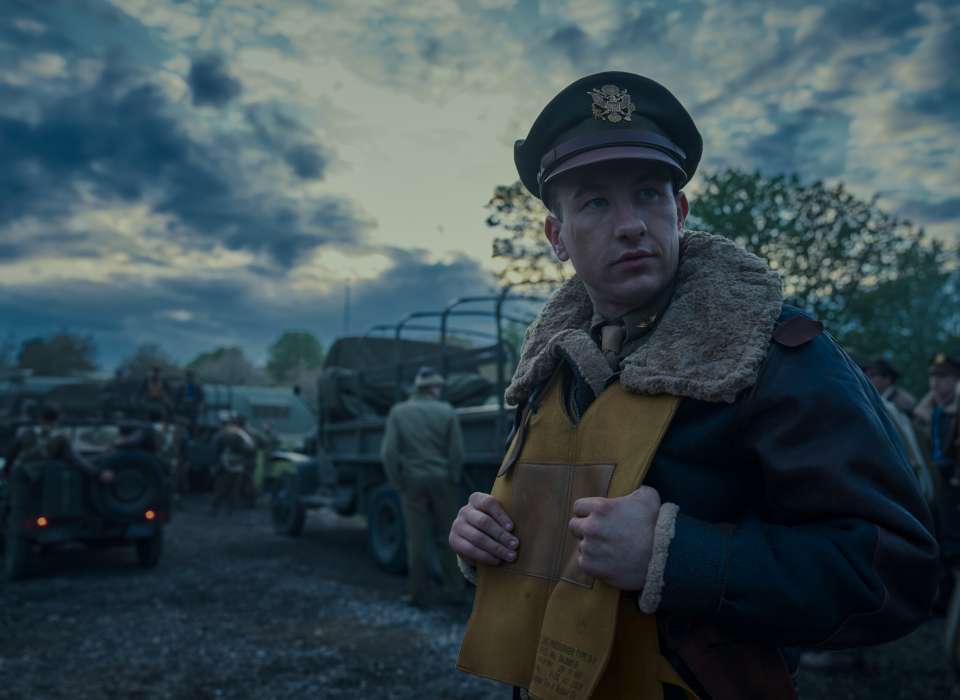


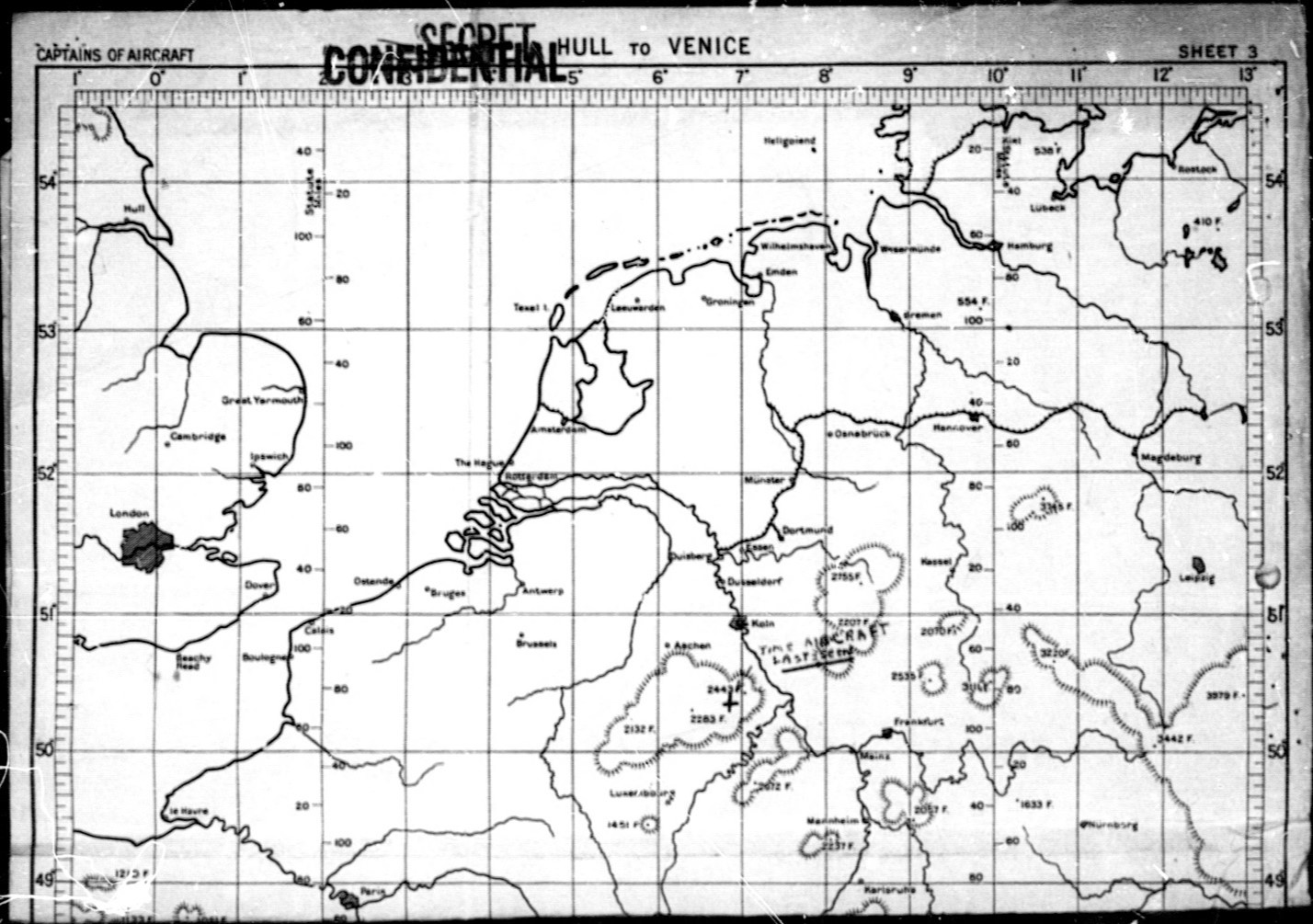
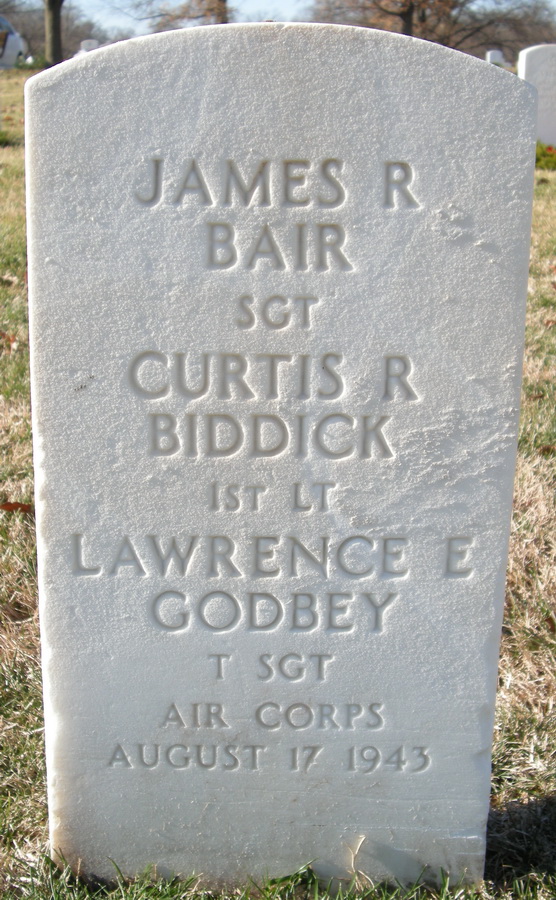

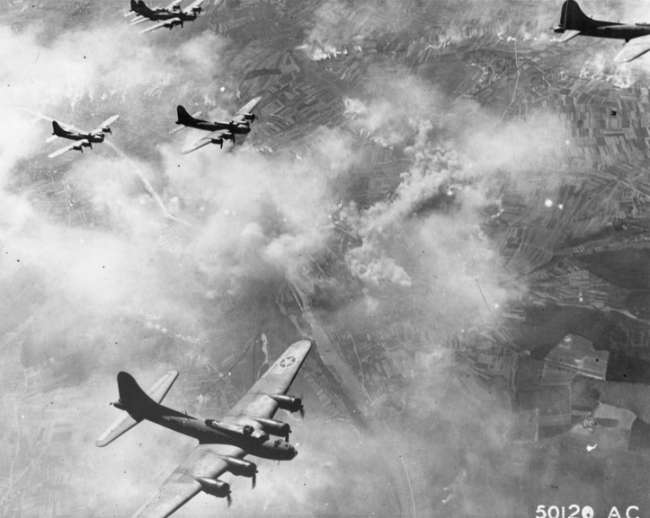
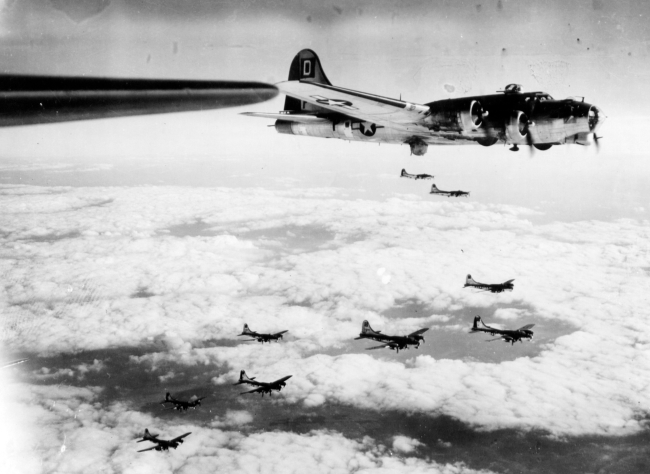
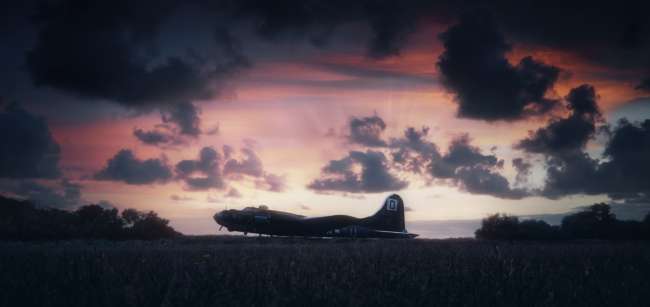



![Max Fuchs, New York City cantor, sings as Rabbi Sydney [sic] Lefkowitz, Richmond, VA, conducts the first Jewish services from Germany.](/sites/default/files/styles/max_650x650/public/2025-10/image1.jpg)



